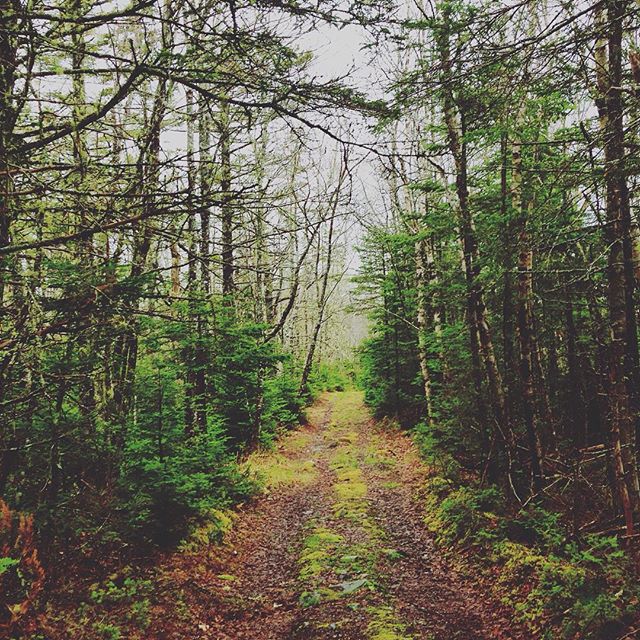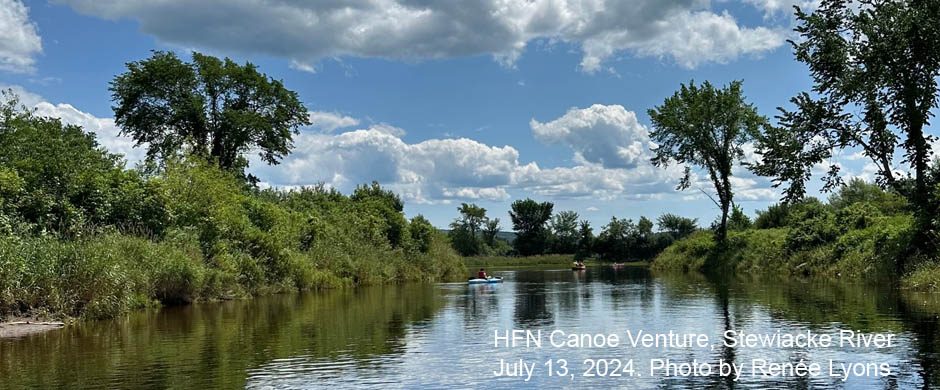 “Join three champions of intelligent forestry – author Jamie Simpson (“Restoring the Acadian Forest”), forest ecologist Donna Crossland, and forest carbon sequestration pioneer Dale Prest, for a weekend addressing the many ways forests benefit society – while absorbing practical knowledge for understanding and managing your own woodlot. Small class limited to 15. A few seats left.”
“Join three champions of intelligent forestry – author Jamie Simpson (“Restoring the Acadian Forest”), forest ecologist Donna Crossland, and forest carbon sequestration pioneer Dale Prest, for a weekend addressing the many ways forests benefit society – while absorbing practical knowledge for understanding and managing your own woodlot. Small class limited to 15. A few seats left.”
More on Content
“Participants in this year’s Backyard Forestry workshop will learn about basic forest ecology and how to work with a piece of land to encourage ecological and economical value. Topics covered will include: Identifying tree and shrub species, and their ecological roles in the forest; choosing which trees to cut and which trees to leave; how to promote wildlife habitat; what landowners can do to increase forest carbon storage; how our forests have changed, and what we can do to promote natural forests; what we can learn from natural disturbances in the forest; where to obtain funding for silviculture activities; legal issues such as wood theft and capital gains tax, and, the virtues of a “messy” woodlot.” Read more on HFC Website
About the Harrison Lewis Coastal Discovery Centre
The Harrison Lewis Coastal Discovery Centre was founded in 2007 as a non-profit organization dedicated to the appreciation of the natural environment and local history.
The Harrison Lewis Coastal Discovery Centre is located in East Port L’Hebert, overlooking the ocean and Port Joli Harbour, offering 300+ hectares of land, including a wide assortment of habitats from open meadows and pastures to woodlands, ponds, bogs, coastal barrens, sandy beaches and rocky shores.
Thomas Raddall Provincial Park, Kejimkujik National Park Seaside, Port Joli Migratory Bird Sanctuary, Tidney Wilderness Area and other nearby protected areas total approximately 7,000 hectares.
A main building is available for group activities, several bunkhouses for overnight stays, and a field laboratory. The buildings were built largely with timbers milled by the grandson and great grandsons of Dr. Lewis from logs grown on neighbouring lands.
